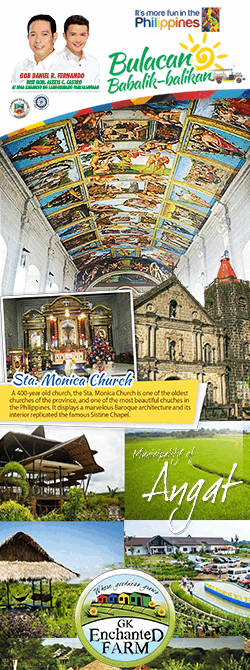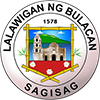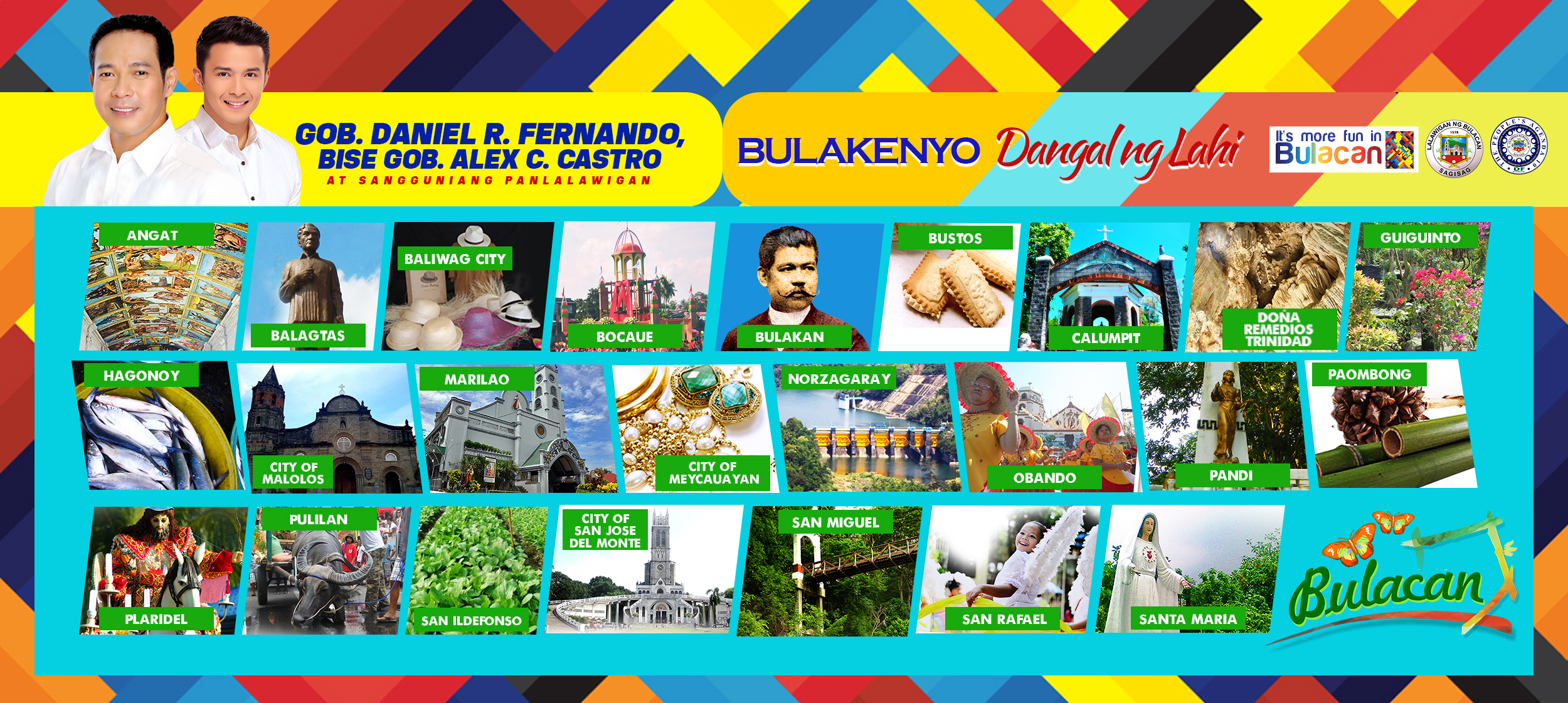| Little was known about the state of affairs and contact of inhabitants of Angat during the pre-Spanish regime. The only available data at that time was that Angat was a tributary of the town of Quingwa (Plaridel). This fact was due most probably to the situation of the Angat River, which directly connects the town of Quingwa, a community then located in the center of vast lands, covering plains and mountains alike.
There had been so many stories on how the town got its name, but he legend nearest to the truth is that Angat got its name after the Tagalog word angat, meaning a high piece of land or a community living in a promontory during the Spanish regime.
At the arrival of the Spaniards, the people as a whole were at first hostile to the conquerors, but after the complete Christianization of the community, Spaniards gradually befriended the inhabitants. The whole town, however, embraced the Catholic faith, more by force than by conviction. Forced labor was imposed principally on the construction of public edifices, like the church and the Presidencia.
As a town, nevertheless, the conquerors and the natives formally organized Angat mutually. Formerly, a tributary of Quingwa, it later became a part of San Miguel then was made under the town of Bocaue upon the administration of the vast Sta. Maria de Pandi Estate by the lands were part of the Hacienda. At that time, when Angat was under the administration of Bocaue, Norzagaray was only a part of Angat.
Today, still stands and legible the inscription at the façade of her church which reads: "MDCCXII" indicating that the town was connected into a regular municipality in said year.
The towns of San Rafael and Bustos bound the town of Angat on the North; on the East by the vast Sierra Madre mountain ranges, to its south by the towns of Norzagaray and Sta. Maria and on the West by the big Sta. Maria de Pandi Estate.
The people of Angat are mostly devout Catholics who are god-fearing in all sense. In the middle of the two stands of the historic church where every Sunday and Holiday, people gathered and prayed together. In their prayers they never forget to beg for intercession of the blessed Sta. Monica whom they looked upon as a counselor and spiritual guide. Nowadays, they still revere Sta. Monica as their ever-loving patron saint.
The town of Angat is a hilly and mountainous place blessed with rich mineral resources a veritable hidden wealth waiting to be tapped. If this could be harnessed, the town could well dwell in richness. Also her wealth lies in her people striving to make Angat town to reckon with. |





